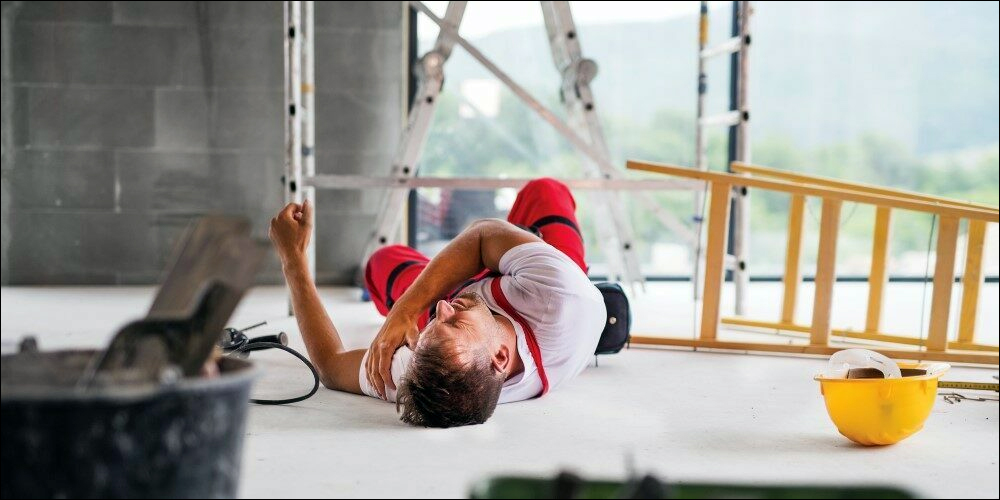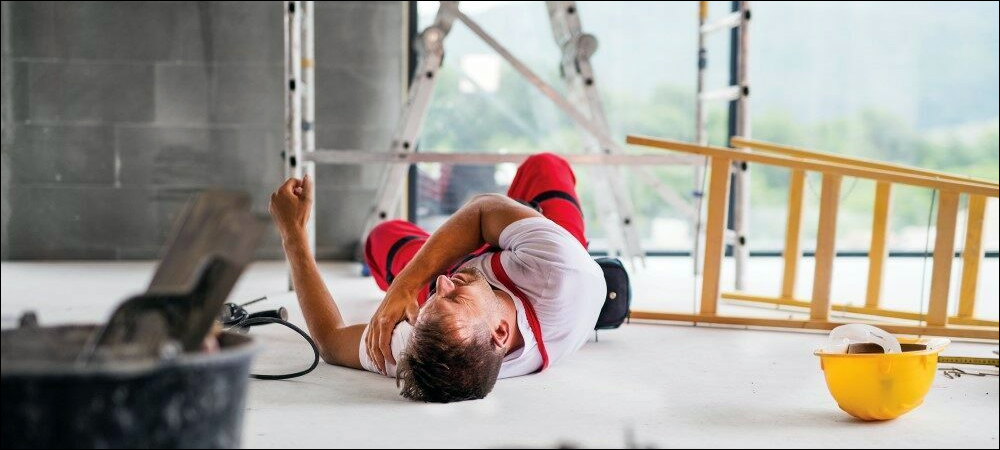Ed. Note: This article was previously posted at Campus Safety.
Organizations worldwide are looking for ways to protect their lone workers and are learning more about the protection that today’s mobile personal emergency response systems (mPERS) can provide to their employees, especially their lone workers. A lone worker is an employee who performs an activity in isolation from other workers without close or direct supervision. Such staff may be exposed to risk because there is no one to assist them. There are a combined 53 million lone workers in the United States, Canada and Europe, representing about 15 percent of the overall workforce.

Photo via Adobe, by Halfpoint
The International Labor Organization estimates that 2.3 million work-related fatalities happen each year. Examples of lone workers include home healthcare nurses, physical therapists, certified nursing assistants and private duty aides; teachers, aides, and other classroom professionals; social workers; installers, service technicians, delivery drivers and long-haul truckers; convenience store, liquor store and gas station employees and other retail establishment workers; real estate agents and brokers; and construction, oil and gas workers. mPERS technology can help to keep them safe.
One example of mPERS technology is Essence Group’s 5G-enabled solution known as Umbrella mPERS. Featuring built-in fall detection, real-time activity monitoring and two-way voice capabilities, it is designed for a range of personal security and care settings, including senior care and lone worker scenarios (see Essence Group Unveils Real-Time Personal Emergency Response System).
Lone Workers Face Many Security Risks
Some statistics from Alertmedia.com show considerations for protecting lone workers: Employee turnover rate is as high as 75 percent among home healthcare workers. Meanwhile, 44 percent of workers say they face personal safety issues in their primary place of employment. Sixty-two percent of social workers have been subjected to psychological aggression in the past year, with 86 percent experiencing this at some point in their careers.
Fifteen percent of social workers have been physically assaulted by clients in the past year, with 30 percent having experienced this at some point in their career. And 50 percent of retail workers who are killed are employed alone at late-night establishments, such as liquor stores or gas stations.
The 2019 Realtor Member Safety Report offers additional data: Thirty-three percent of realtors had an experience that made them fear for their safety. Five percent of realtors report being the victim of a crime on the job. And 44 percent of members—35 percent of men and 49 percent of women—carry self-defense weapons such as pepper spray, firearms and knives.
mPERS Can Help Protect Offsite Employees
Since mPERS are independent cellular devices, this solution allows for a quick touch of a button in the case of an emergency without having to be tethered to a personal cellphone. For example, a delivery truck driver may have tracking in the cab and a cellphone. But when they run to drop off a delivery, they may not bring their cellphone with them. Or a home health nurse begins to have an unruly patient or family member and can’t get their phone out of their bag. How about if a construction worker falls and cannot use a cellphone?
The time to call for an emergency with a cellphone takes far longer than the push of a single button on an mPERS device. As an added benefit, mPERS devices can incorporate two-way communications in case a worker is incapacitated and allows for listening in. This would also be helpful in a locked down classroom. Monitoring or tracking lone workers is very different from supervising them from a management perspective. It involves keeping tabs on the employee’s location, progress, and safety when no one else is around.
Setting up a lone worker with an mPERS device could help an organization establish routines and more quickly identify issues, should they arise. With the added mobility, smaller units, and longer battery life of mPERS and integration with apps and GPS, the solutions are more acceptable and effective than ever.
Central Stations Are Essential
Having mPERS technology in the hands of lone workers is the first piece of the puzzle. The other important piece includes having a central monitoring station to support lone workers during an emergency. Central stations provide that additional peace of mind to the employee and the employer by having the ability to track down lone workers through GPS, communicate over two-way with the person in need of help and summon 911 dispatch to the exact location in an emergency.
Some dedicated mPERS devices add other benefits by having smaller programmable buttons. A lone worker can include detailed information about arrival time and time spent at a location for those delivering or performing services. Today there are hundreds of monitoring stations throughout the U.S., Canada and Europe that are integrated with various types of mPERS devices with all the same task of keeping seniors and lone workers safe.
Steve Anton is the VP of PERS sales at Anelto. This article originally appeared in CS sister publication Security Sales & Integration and has been edited.


